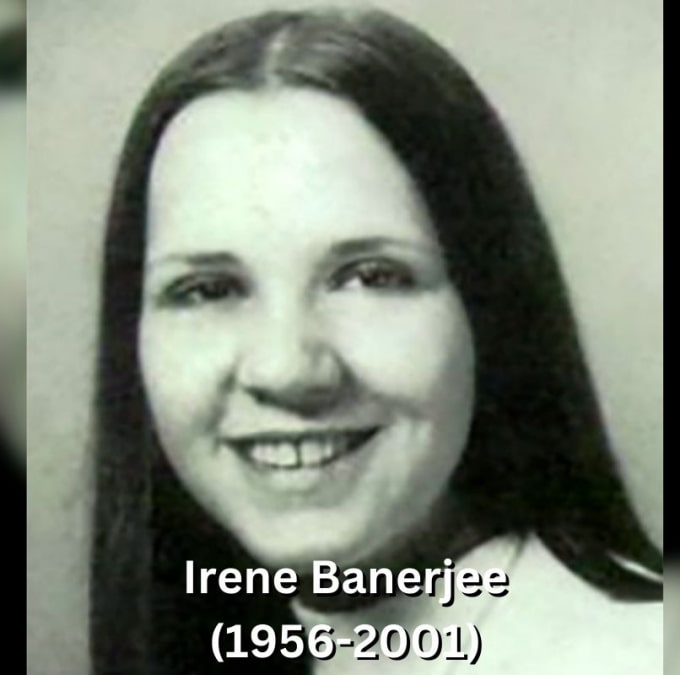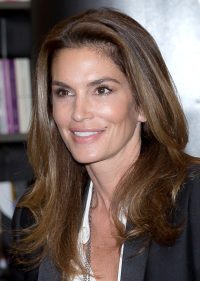Robert Frederick Inger is a name that resonates with the study of amphibians and reptiles, known as herpetology. His significant contributions to this field, primarily conducted at the Field Museum in Chicago, have left a profound impact on the scientific community. Inger's life was marked by dedication, curiosity, and a deep-rooted passion for the natural world, leading to numerous publications, awards, and a lasting legacy in his field.
Quick Information
| Field | Details |
|---|---|
| Full Name | Robert Frederick Inger |
| Known As | Robert F. Inger |
| Occupations | Herpetologist, Author, Curator |
| Date of Birth | September 10, 1920 |
| Date of Death | April 12, 2019 |
| Birthplace | Chicago, Illinois, USA |
| Nationality | American |
| Parents | Jacob Inger (Father), Anna Bourd (Mother) |
| Spouses | Mary Lee Ballew (1946-1985), Tan Fui Lian (1991-2019) |
The Making of a Herpetologist: Early Life
Robert F. Inger's early years laid the groundwork for his distinguished career in herpetology. Born in Chicago, Illinois, his fascination with nature was apparent from a young age. His formative years were significantly shaped by his family and educational experiences.
Family Influence
Inger's parents, Jacob Inger and Anna Bourd, fostered a nurturing environment that encouraged his early interest in natural sciences. This familial support played a pivotal role in shaping his future career.
Educational Journey
Inger's educational journey began in Chicago, where he attended local schools. During high school, he met Julian Steyermark, his biology teacher who also served as the curator of botany at the Field Museum. Steyermark's mentorship was instrumental in nurturing Inger's passion for herpetology.
Career Milestones
Robert F. Inger's career stands as a testament to his dedication and contributions to herpetology. His journey from a volunteer at the Field Museum to a renowned herpetologist is marked by significant milestones and collaborations.
The Early Years and Mentorship
Inger's professional journey launched at the Field Museum, where he volunteered under the guidance of Karl P. Schmidt, a curator at the museum. Schmidt recognized Inger's potential and mentored him during the early stages of his career, shaping Inger's approach to research and taxonomy.
Academics and Military Service
Inger pursued his Bachelor of Science at the University of Chicago, balancing his academic commitments with his growing interest in herpetology. His studies were interrupted by World War II, during which he served in the U.S. Army under General Patton. After his discharge in St. Louis, Inger resumed his academic pursuits, eventually earning a Ph.D. with a focus on Philippine amphibians.
Field Museum and Curatorial Work
Inger's association with the Field Museum spanned several decades. He succeeded Clifford H. Pope as the curator of amphibians and reptiles, a role that allowed him to conduct extensive research and fieldwork. His work at the museum included numerous expeditions, particularly to Borneo, where he made significant contributions to the taxonomy and ecology of herpetofauna.
Celebrating Achievements
Robert F. Inger's career was marked by numerous achievements that underscored his significant contributions to herpetology and the broader scientific community.
Publications and Books
Inger authored eight books and over 130 peer-reviewed articles, making substantial contributions to scientific literature. His publications covered a wide range of topics, from taxonomy to ecological studies, and continue to be referenced by researchers today.
Leadership Roles
Inger held several prominent positions in scientific societies. He served as president of the Society of Systematic Zoology in 1971, the American Society of Ichthyology and Herpetology in 1974, and the Herpetologists' League from 1982 to 1983. These roles allowed him to influence the direction of research and policy in herpetology.
Honors and Recognition
In recognition of his extensive fieldwork in Borneo, Inger received the honorary title of Panglima Setia Bintang Sarawak (PSBS) from Yang di-Pertua Negeri Tun Abang Muhammad Salahuddin Abang Barieng. This honor highlighted the impact of his research on local biodiversity and conservation efforts.
Personal Life
While Robert F. Inger's professional life was filled with remarkable achievements, his personal life also played a significant role in shaping his journey.
Marriages and Family
Inger married Mary Lee Ballew in 1946, and their partnership lasted until her death in 1985. In 1991, he married Tan Fui Lian, marking the beginning of a new chapter in his personal life. Both marriages were integral parts of his life, providing him with support and companionship.
Later Years and Retirement
Inger retired from the Field Museum in September 1994, marking the end of an era. However, his passion for herpetology never waned. He continued to contribute to the field through writing and mentoring young scientists, leaving a lasting legacy.
Financial Insights
Robert F. Inger's financial success, while not extensively documented, can be inferred through his professional achievements and affiliations.
Net Worth and Income
Although specific figures regarding Inger's net worth are not publicly available, his long tenure at the Field Museum and numerous publications suggest a stable and successful career. His roles in various scientific societies and editorial positions with journals like Evolution, American Midland Naturalist, and Copeia likely provided additional income sources.
Financial Contributions to Science
Inger's financial contributions to herpetology were significant. His research and publications paved the way for future studies, influencing conservation efforts and enhancing scientific understanding of amphibians and reptiles.
Conclusion
Robert F. Inger's legacy in herpetology is unparalleled. His contributions to the field through extensive research, publications, and leadership roles have left an indelible mark on the scientific community. Inger's life story exemplifies the power of curiosity, dedication, and passion in shaping a successful career.
FAQ
1. What were Robert F. Inger's major contributions to herpetology?
Robert F. Inger made significant contributions to herpetology through his extensive research, publications, and leadership roles in various scientific societies. His work on the taxonomy and ecology of amphibians and reptiles, particularly in Borneo, is highly regarded.
2. What was Robert F. Inger's role at the Field Museum?
Inger served as the curator of amphibians and reptiles at the Field Museum in Chicago. He conducted extensive research and fieldwork, significantly contributing to the museum's collections and scientific knowledge.
3. What honors did Robert F. Inger receive for his work?
Inger received the honorary title of Panglima Setia Bintang Sarawak (PSBS) for his extensive fieldwork in Borneo. He also held prominent positions in several scientific societies, reflecting his influence and contributions to the field.
4. How did Robert F. Inger balance his academic pursuits with his military service?
Inger's academic pursuits were interrupted by World War II, during which he served in the U.S. Army. After being discharged, he resumed his studies and earned a Ph.D. focusing on Philippine amphibians, successfully balancing his academic and military commitments.
5. What was the impact of Robert F. Inger's publications?
Inger's publications, including eight books and over 130 peer-reviewed articles, have made substantial contributions to the scientific literature in herpetology. His work continues to be referenced by researchers and has influenced conservation efforts and scientific understanding of amphibians and reptiles.













